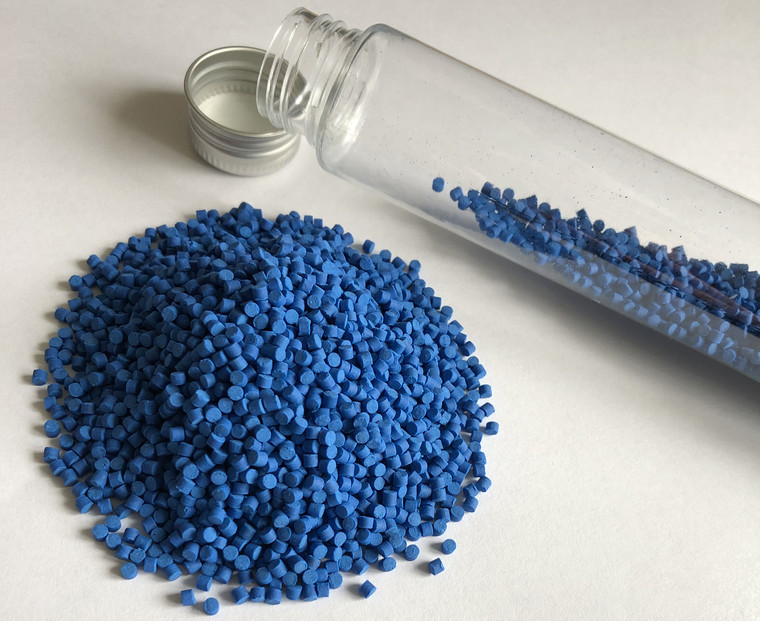The survey which was carried out by ADAMA UK shows that 81% of growers perceive the threat posed by slugs has either remained static (65%) or increased (16%) over the last three years. The survey also showed that only 28% of growers are using traps to assess slug activity, with 20% potentially applying pellets ahead of the slug threshold being reached.
“With our new ferric phosphate pellet, Gusto IRON, recently launched and another novel active ingredient in development, we were keen to identify how big the threat of slug damage is in arable crops and what growers look for when choosing a molluscicide,” explains Melanie Wardle, ADAMA’s molluscicide and fungicide product manager.
“What we learned was that growers are anticipating another year of intense slug pressure predominantly because the wet weather in the second half of the spring coincided with the main breeding period resulting in the potential for an increased population this autumn. The survey also highlighted that whilst the majority of growers are using pellets correctly, there’s still considerable room for improvement in terms of when and, to a certain extent how, pellets are applied.”
In terms of how growers assess the slug threat in their crops, 69% rely on visual inspections when crop walking, 28% use slug traps and 3% use slug forecasting tools.
“From a best-practice perspective it is essential that pellets are only applied once threshold has been reached,” Mel continues, “so it’s encouraging that almost a third of growers are proactively using slug traps to determine when slugs are active.
“In an ideal world, 100% of growers would be using traps to assess the risk, not only for the reason mentioned above, but also because trapping is more reliable than basic visual inspections which can be more hit and miss depending on when the crop is walked and during what conditions.”
The survey also indicated that the most critical factors when choosing a slug pellet were palatability, active ingredient efficacy and pellet longevity in wet conditions. “Spreading accuracy, mould resistance and pellet visibility were also highlighted as being important,” Mel adds, “with growers expressing a clear preference for high quality, value-added pellets such as Gusto IRON which gives the ideal balance between palatability and longevity as well as a colour retention and mould resistance.”
The survey also highlighted that 37% of growers are applying pellets to 12 metres, with an additional 24% spreading to 18m. A further 32% are spreading to 24m, with the remaining 7% spreading to 36m.
“As expected, the majority of growers surveyed are applying slug pellets to a width of 12-18 metres,” Mel describes. “Even at these relatively narrow working widths it’s imperative to ensure that spreading equipment is correctly calibrated and that it is operated at an appropriate forward speed according to the prevailing climatic conditions in order to ensure spreading accuracy and optimal baiting point density.”




